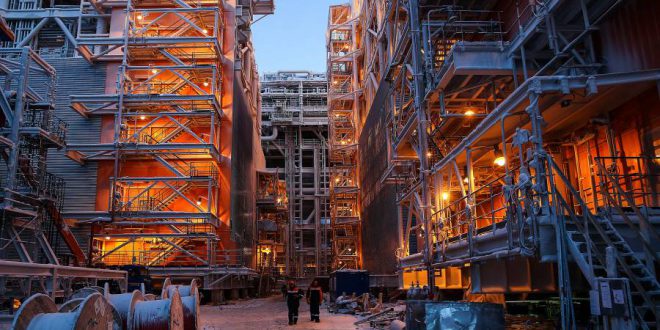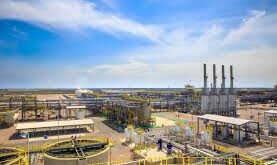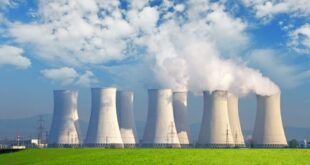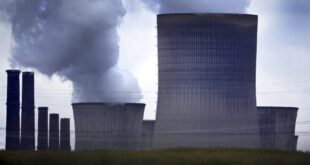This kind of development is often lost amid talk of higher news grabbing global oil markets headlines. particularly as Russia. now a major part of the so-called OPEC+ group. with Saudi Arabia. is essentially calling the shots in global oil markets. However. make no mistake. Moscow’s (albeit Russian President Vladimir Putin’s) ambitions aren’t just focused on oil markets or geopolitical developments in the Middle East and Europe. they are also in natural gas markets. both piped gas into Europe and liquefied natural gas (LNG) production and exports. particularly to the Asia-Pacific region which represents 72 percent of global LNG demand.
Moreover. that figure is set to increase to 75 percent as China continues to ramp up its LNG procurement to help meet Beijing’s mandate that natural gas make up at least 10 percent of the country’s energy mix for power generation to help fight rampant air pollution. particularly in the country’s major urban centers.
Several years ago. Putin said that Russia aimed to be the largest LNG producer in the world. an unlikely possibility at the time and still not likely given that current LNG production leader Qatar will ramp up its liquefaction capacity from a current 77 million tons per annum (mtpa) to an impressive and hard to beat 100 mtpa within the next five or six years.
However. this reality seems to be lost on Russia who is still pushing ahead with LNG development. likely realizing the geopolitical leverage that not only pipped natural gas and crude oil exports bring. but also LNG. both large scale and small-scale projects. Fast forward to yesterday. news broke that Russia’s largest non-state natural gas producer Novatek will start producing LNG on the shore of the Baltic Sea in February.
Small-scale LNG ambitions
Novatek and Russia-based Gazprombank are planning to build an LNG plant and terminal in the Baltic Sea port of Vysotsk with a capacity of 660.000 tons of LNG per annum. The plant’s capacity could be expanded to 800.000 tons in 2021. “There is an ambitious task of launching the operations of the project and loading the first cargo of liquefied natural gas in February 2019.“ the contractor. Atomtekhenergo. said in a statement.
The disclosure also comes just a few months after Russian state-owned gas giant Gazprom. best known for its geopolitically charged pipeline gas to Europe. currently around 25 European nations import gas from the company. and Tokyo-based conglomerate Mitsui &. Co. inked a memorandum of understanding (MOU) on LNG development. Currently. Japan is the global LNG import leader. importing some 83.83 million tons in 2017. paying around $35.6 billion for imports of the super-cooled fuel last year. a rise of 19.3 percent year-on-year.
Large scale LNG realities
Earlier this week. Yamal LNG. a joint venture-owned integrated LNG project in northern Russia. announced it had offloaded its one-hundredth cargo of LNG. less than a year since the project’s first shipment in December 2017. Yamal’s third LNG train. production facility. became operational in late November. while the nameplate capacity of all three trains is 5.5 mtpa. for a total liquefaction capacity of an impressive 16.5 mtpa. Yamal LNG shareholders are Novatek (50.1 percent). France`s Total (20 percent). and China`s CNPC (20 percent) and Silk Road Fund (9.9 percent).
Russia currently operates two LNG projects but has numerous other. some massive. projects under review or trying to get partners on board. While its certain that Russia will not be able to muster 100 mtpa of liquefaction capacity in the foreseeable future to challenge Qatar. what is unclear is whether or not Russia will seek to politicize its LNG exports to achieve geopolitical advantage as it has done with oil and mostly pipeline gas into Europe.
 Iran Energy News Oil, Gas, Petrochemical and Energy Field Specialized Channel
Iran Energy News Oil, Gas, Petrochemical and Energy Field Specialized Channel




